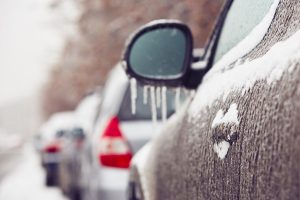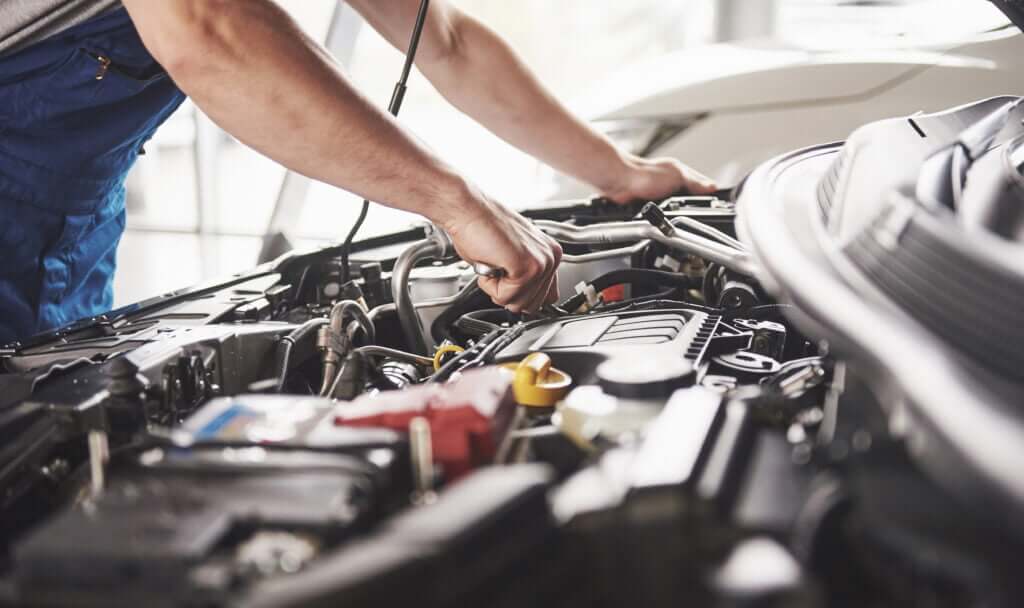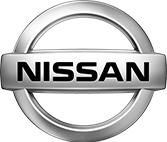
You are told all the time not to let your transmission overheat because it breaks down the fluid, leading to a whole lot of problems. No one could blame you if you thought there’s nothing to worry about in winter. Unfortunately, that’s untrue.
Before you throw your hands in the air out of frustration and say, “Then what is the effect of cold weather on your transmission?”, below are some things to look for.
Problems Unique to Cold Temperatures
Some transmission problems really are unique to the cold weather, while others just get worse than they would any other time of year. You may be surprised to discover a few of the following:
Contraction: Parts contract, or get smaller, when they are cold. The result is components loosening up, parts wearing faster, and leaks developing because seals shrink harden.
Viscosity change: The viscosity of transmission fluid changes and gets thicker in the cold. The ideal temperature for it is 175 degrees, plus or minus 25 degrees, and when the transmission gets below zero degrees, it gets too thick. The fluid can also fail to lubricate parts when it is too cold, wearing parts down unnecessarily. This characteristic can be mitigated with synthetic fluid that is often less viscous in cold temperatures.
Shifting problems: When it’s cold, the transmission will shift harder and shift points can become delayed which can lead to yet harder shifting. These hard shifts can create increased pressure on numerous parts which increase the risk of failure at a later point.
Delayed overdrive: The computer can delay the use of overdrive until the transmission reaches the proper operating temperature. This delay not only impacts the comfort of driving your vehicle, but it also accelerates use and pressure on other forward gears that are being relied on because OD is not available per OEM specifications.
Water: Water in the transmission is never a good thing. Actually, it’s terrible and can cause a massive repair bill. If water is in it when cold, it will freeze at 32 degrees Fahrenheit. When it freezes, it expands, and that can cause damage to the case and valve body in the transmission by creating cracks. If those cracks appear, the transmission cannot be rebuilt.
This issue tends to be a major problem on certain Nissan vehicles holding an RE5 transmission. The transmission itself runs well. However, radiator fluid can find its way into the transmission, causing substantial damaged to a vehicle that often requires rebuilding the transmission with a new valve body, changing out the radiator and reprogramming the transmission control module.
Behavior Problems
You might only think of behavior problems in terms of children and school…but your transmission, if it wasn’t shivering in the cold, could point a finger at a few of your habits that need changing, at least in the winter.
Drivers should keep in mind that transmissions are increasingly controlled by computer systems and have adaptive capabilities. If the transmission is acting up, the ability of the unit to adapt to external or internal conditions has been exhausted. To prolong the life of your transmission, follow these steps during cold months, particularly in the morning when the parts and fluid within the vehicle are at its coldest.
Drive slowly: For the first few miles, drive slowly, letting your engine and transmission reach normal temperatures.
Avoid excessive idling: A long idle can cause problems. Doing this means your car is running rich, creating additional pollution, damaging your catalytic converter, using expensive fuel, and possibly damaging internal parts. This can happen because some transmissions don’t lubricate parts while in park, so ice cold parts are spinning with no fluid lubricating them.
Minimize shifting: If a vehicle is stuck in snow, an automatic transmission should not be excessively shifted between park, reverse, and drive. This type of activity can put undue pressure on a cold transmission and lead to increased deterioration to internal parts. If at all possible, avoid driving your vehicle out of and in snow, especially if your vehicle lacks snow tires.
Things to Do
Let the engine warm up before you leave: Modern transmissions rely on information from sensors on the engine. If the engine is cold the computer will think the transmission is cold, too. The computer will modify the performance of the transmission until it senses that it is up to operating temperature. You don’t want your vehicle to “over-adapt” just because it’s cold.
Store your vehicle in a climate-controlled garage: The garage doesn’t have to be hot, just warm enough to minimize fluid thickening and parts shrinking. Temperatures above freezing should be okay. Even if a garage is not available, a covered parking spot can protect a vehicle from wind chill and accumulation of ice and snow. Plus, the last thing you want during a winter morning is to walk out from your warm residence to remove snow and ice caked onto your vehicle.
Invest in an engine heater: This is another option if the temperature gets really cold in your area. Buy an engine heater that plugs into a wall outlet and warms the engine before you come out in the morning. A timer could let you start the warming before you’re ready to leave, saving you money, and your car wear.
Use synthetic transmission fluid: Synthetic fluids behave much better and retain their given specs under cold weather conditions. Be sure to find the synthetic fluid designed for your vehicle. Not all transmissions will work properly with a synthetic fluid, although new vehicles are increasingly being sold with synthetic fluid as a required fluid specification. Synthetic fluid has other advantages beyond temperature management—it mitigates oxidation and shearing of the gears.
Drive slowly for the first couple of miles: This will give the fluid and internal parts time to warm up to normal operating temperatures and lubricate.
In Need of Expert Transmission Repair?
Get in touch with our team to schedule an appointment!

Other Cold Weather Recommendations
When it comes to the cold, biting wind and relentless winter weather, it’s not only your transmission that could do with a little extra care and pampering. Here are a few more things for your “to do” list:
Change fluids: Besides transmission fluid, other fluids in your vehicle—oil, antifreeze, etc.—thicken in cold temperatures, which means they don’t move easily and in that state are not thin enough. When thick, they can tear seals or cause other problems. Changing to a lighter weight fluid for winter will help, as will starting your car and letting it warm up for 10-15 minutes.
Check your battery: Your battery has to work harder to start your car in the cold than in warmer weather, which is why it lists the cold cranking amps on it. If the battery is old—three or four years—consider buying a new one or having its capacity tested. A new battery goes a long way toward ensuring you won’t be stuck somewhere.
Check your tire pressure: Tires can deflate in cold temps and should be checked regularly. Driving with low (or high) tire pressure can result in uneven wear, shortened lifespan, or even a tire blowout while driving.
Get rid of the salt: When salt is used on winter roadways to combat ice, it kicks up and sticks to the metal on the underside of your vehicle—components like brakes and brake lines, wheel wells, and more. Over time it will corrode the metal and that can lead to mechanical problems. Instead, wash your car frequently during the winter and make sure the underside is sprayed clean as well.
Need Help? Call us!
If you are having problems with your vehicle’s transmission, or your gut tells you there’s a problem, give us a call at Advanced Transmission Center and bring it in for our TrueTest Inspection. It’s free. It’s comprehensive. And it will tell us if your transmission is in trouble or not.
We also provide free local towing if you ultimately do a transmission rebuild with one of our shops—call us if you are stuck!
Southwest Metro Denver (Lakewood/Littleton): Call (303) 922-4102
Northwest Metro Denver (Westminster): Call (303) 421-4140
Advanced Transmission Center is a Colorado-owned and operated auto repair shop with locations in Denver / Lakewood and Westminster. ATC specializes in driveline issues such as automatic transmission repair, four wheel drive repair, clutch replacement, differentials, manual transmissions and CVT. As Colorado's first AAA approved shop our goal is to provide accurate, timely service with exceptional customer satisfaction. All of our technicians are certified in the latest makes and models and we are one of the few transmission repair shops with a nationwide warranty.



 Free Customer Towing Service
Free Customer Towing Service  Free TrueTest™ Inspection
Free TrueTest™ Inspection  Fast Transmission Services
Fast Transmission Services  Comprehensive Warranty in Denver
Comprehensive Warranty in Denver 


























Pingback: What is a Sealed Transmission? (What To Know)